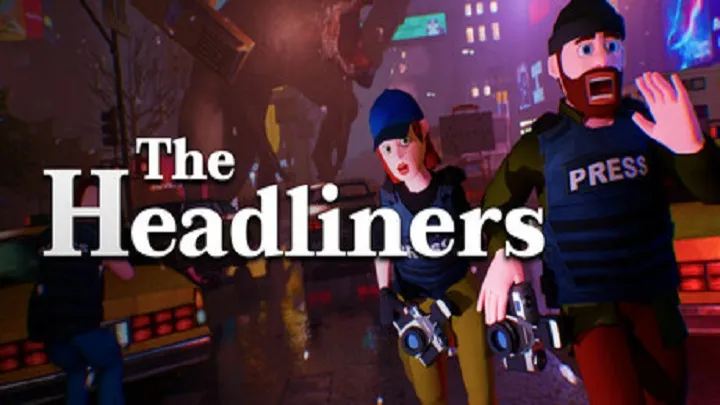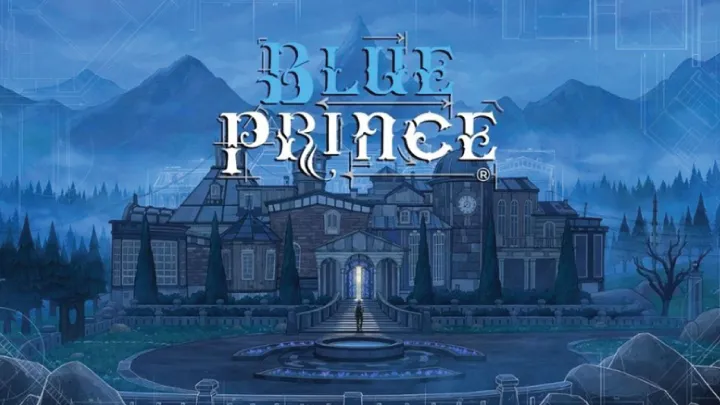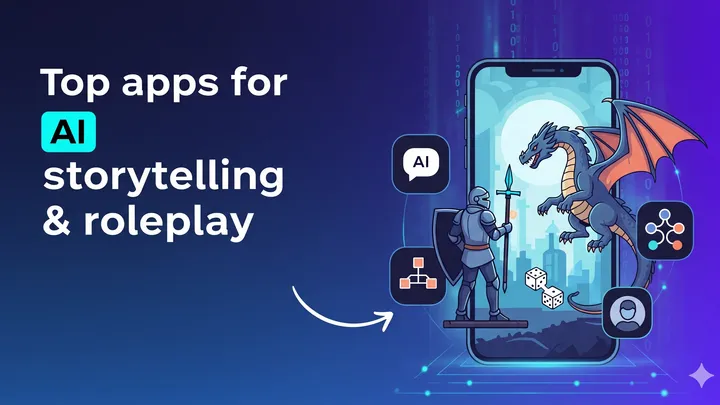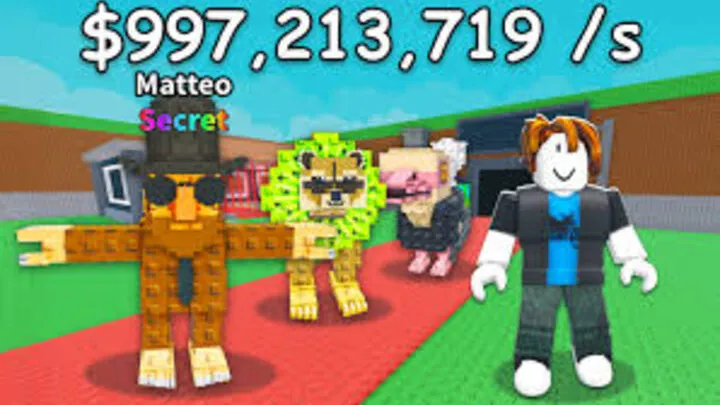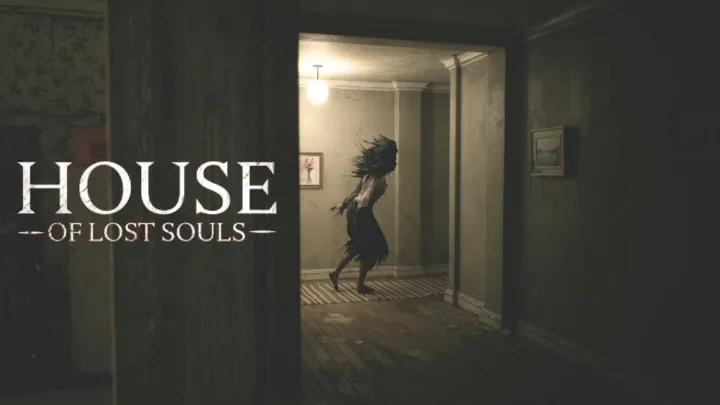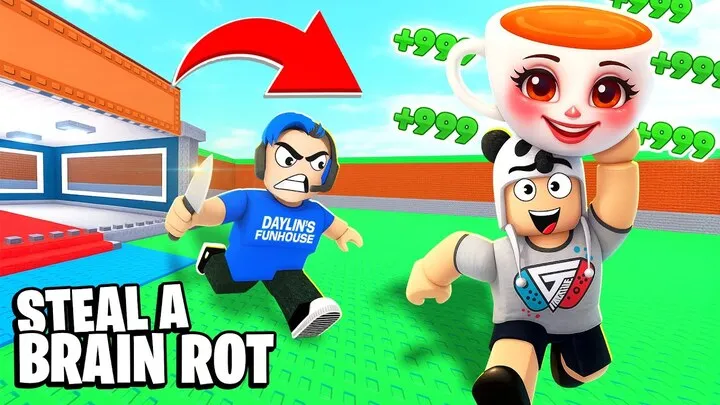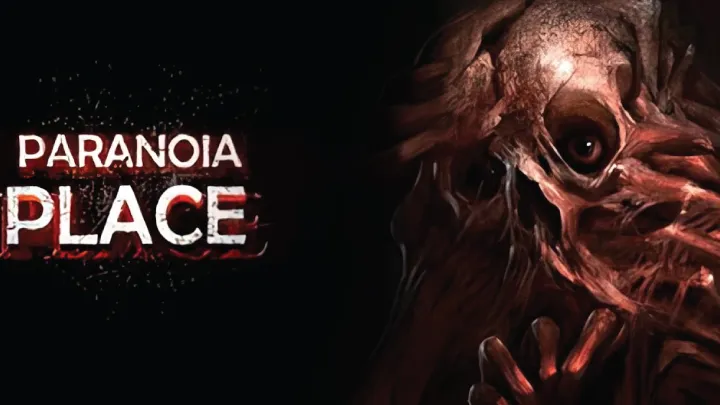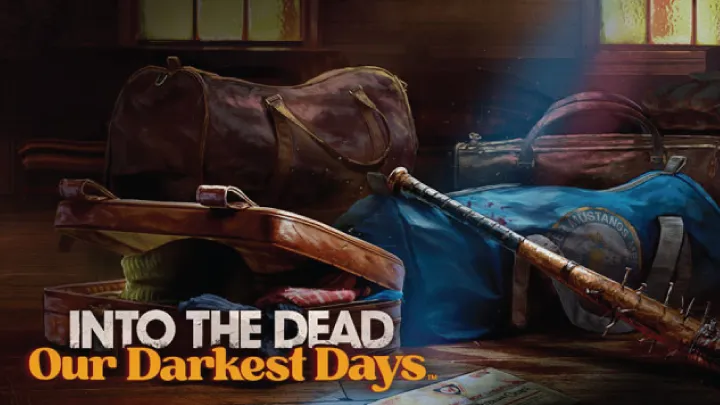Introduction
Valorant, developed by Riot Games, has made a significant impact on the gaming landscape since its launch in June 2020. Combining elements of traditional first-person shooters (FPS) with unique character abilities, Valorant offers a gameplay experience that is both strategic and fast-paced. This article aims to provide an extensive overview of Valorant, analyzing its gameplay mechanics, character dynamics, community engagement, and its influence on the esports scene.
The Birth of Valorant
1.1 Development Journey
Valorant was first teased in October 2019 under the codename "Project A." Riot Games aimed to create a tactical shooter that emphasized skill and strategy while integrating character abilities. After extensive closed beta testing, which attracted millions of players, Valorant was officially launched on June 2, 2020. The game quickly garnered a dedicated player base and became a staple in the competitive gaming community.
1.2 Concept and Design Philosophy
Valorant’s design philosophy combines classic FPS mechanics with modern gaming elements. The game is set in a near-future Earth, where players assume the roles of agents with unique abilities. This blend of gunplay and abilities creates a dynamic gameplay experience that encourages strategic thinking and teamwork.
Gameplay Mechanics
2.1 Core Gameplay
Valorant is played in a 5v5 format, where teams alternate between attacking and defending. The primary objective involves planting or defusing a device known as the Spike. The game features a round-based system, with each round lasting approximately 100 seconds. Players earn credits based on their performance, which they can use to purchase weapons and abilities in subsequent rounds.
2.2 Agents and Their Abilities
One of the most distinctive features of Valorant is its roster of agents, each classified into four roles:
- Duelists: These agents are aggressive and focused on securing kills. They excel in one-on-one situations and are typically the first to engage in combat.
- Examples: Jett, Phoenix, Reyna.
- Controllers: Masters of map manipulation, controllers provide cover and area denial, creating opportunities for their teams.
- Examples: Omen, Brimstone, Viper.
- Initiators: These agents break through enemy defenses and gather intel, making them crucial for executing team strategies.
- Examples: Sova, Breach, Skye.
- Sentinels: Defensive agents who support their teams by healing and providing utility. They excel in holding sites and protecting teammates.
- Examples: Sage, Killjoy, Cypher.
2.3 Economy System
The economy in Valorant is a vital component of gameplay. Players earn credits for kills, planting/defusing the Spike, and winning rounds. During the buy phase, players must make strategic decisions on how to spend their credits, balancing immediate needs with future rounds.
Maps and Strategic Elements
3.1 Map Design
Valorant features a variety of maps, each designed to promote strategic gameplay. Key maps include:
- Bind: Known for its teleporters, which allow for quick rotations and strategic plays.
- Haven: Unique for having three bomb sites, creating constant pressure and opportunities for flanking.
- Ascent: Features a central open area that encourages team engagements and tactical plays.
- Split: Emphasizes verticality, with multiple levels and tight chokepoints.
3.2 Understanding Map Dynamics
Each map has unique layouts, sightlines, and hiding spots. Familiarizing oneself with the maps is crucial for effective communication and strategy. Players must learn common callouts to relay information quickly and efficiently.
The Competitive Scene
4.1 Esports Growth
Valorant has rapidly established itself in the esports scene. The Valorant Champions Tour (VCT) was introduced to create a structured competitive environment, allowing players and teams to compete for glory and prizes. Major tournaments have attracted top-tier teams and players from around the globe, resulting in thrilling matches and a dedicated fanbase.
4.2 Community Engagement
Riot Games has actively engaged with the Valorant community, encouraging player feedback and incorporating it into game updates. This commitment to community involvement has fostered a loyal player base and a positive gaming environment.
The Future of Valorant
5.1 Ongoing Development
Riot Games continues to support Valorant with regular updates, new agents, and maps. The developers are dedicated to maintaining a vibrant and evolving game environment. This ongoing development is crucial for keeping players engaged and excited about the game.
5.2 Player Experience
Valorant has established itself as a game that rewards skill, teamwork, and strategic thinking. As the player base continues to grow, the game is likely to evolve with new features and mechanics that enhance the overall experience.
Conclusion
Valorant represents a new era of tactical shooters, blending traditional FPS elements with innovative character abilities. Its engaging gameplay, diverse roster of agents, and commitment to community engagement have made it a standout title in the competitive gaming landscape. As Riot Games continues to develop and expand Valorant, its influence on the FPS genre and the esports scene will only grow.
In summary, Valorant is more than just a game; it’s a strategic battlefield that challenges players to think critically and work collaboratively. Whether you’re a casual player or a professional competitor, Valorant offers a rich, engaging experience that keeps players coming back for more.










